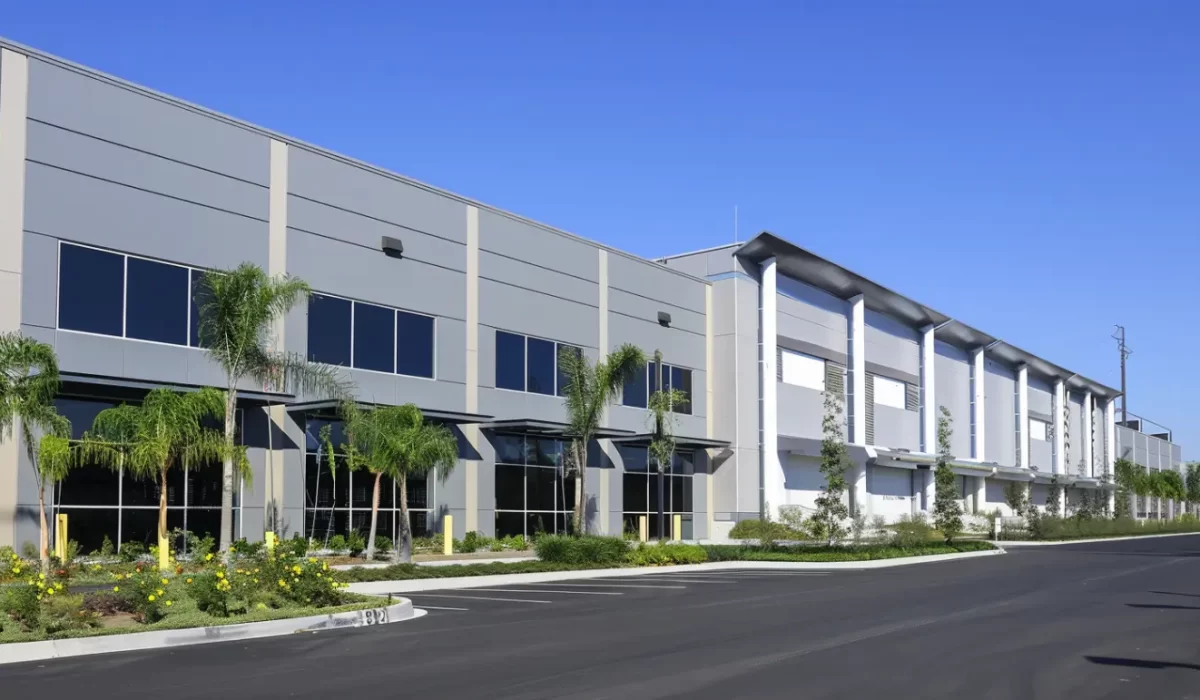Flat roofing options are crucial for property owners managing HOA and commercial complexes. Understanding the various flat roofing materials and systems available can significantly impact energy efficiency and maintenance requirements. These choices not only affect initial costs but also long-term sustainability and cost savings. With the right flat roof installation from a reputable company like Fontaine Roofing in Anaheim, CA, property owners can enhance their building’s longevity while ensuring compliance with local regulations and addressing specific needs. A well-informed decision can lead to increased value and decreased energy bills for years to come.
Key Considerations When Selecting Flat Roofs for HOAs & Commercial Complexes
Selecting flat roofs for HOAs and commercial complexes requires professional evaluation of key factors. Structural needs must align with building size and load capacity, while budgets should include life cycle costs and maintenance. Local climate influences material choice, emphasizing durability. As a GAF Master Elite Contractor and CertainTeed Shingle Master, we prioritize quality. Our certifications with FiberTite and IB Roofing Systems, along with TRI certification and memberships in CACM, CAI, and NRCA, demonstrate our expertise. Choosing energy-efficient reflective surfaces can yield long-term savings, making informed decisions crucial for property owners seeking sustainable solutions.
Contact Us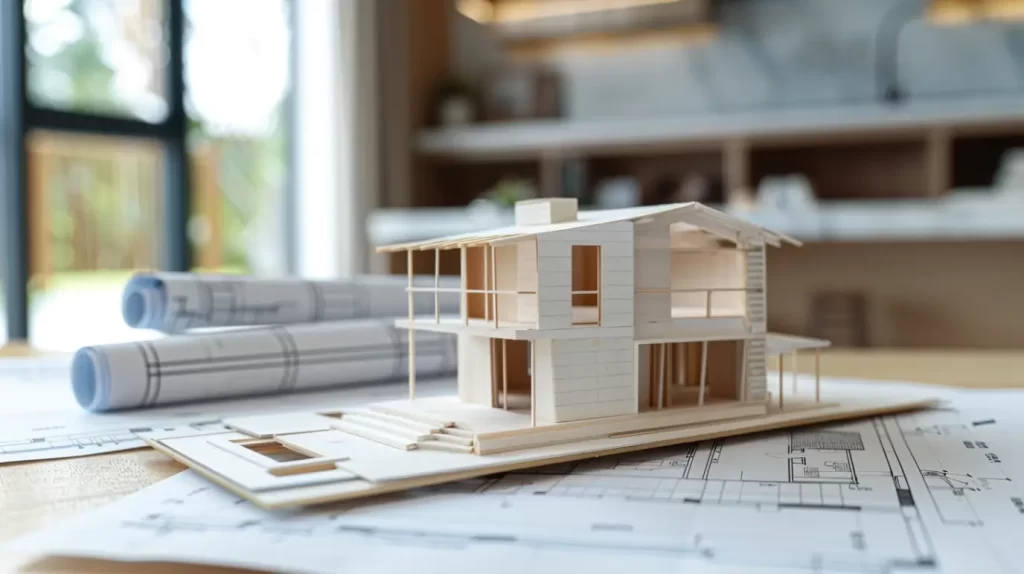
Assessing Building Size and Structural Needs
Evaluating the size and structural requirements of a building is crucial in selecting the most suitable flat roofing system. Commercial properties vary significantly in dimensions, load-bearing capacities, and architectural designs, necessitating tailored solutions. Proper assessments can identify specific needs, ensuring that the chosen roofing material provides adequate support against environmental stressors. Integrating durable options, like modified bitumen or TPO roofing, can also enhance longevity and performance. This careful consideration not only aligns with building codes but also ensures long-term satisfaction for property owners.
Budget Planning and Life Cycle Costs
Strategic budget planning encompasses both initial installation expenses and long-term life cycle costs. Property owners should analyze the total cost of ownership for various flat roofing options, factoring in maintenance requirements and expected lifespan. Energy efficiency plays a crucial role in cost savings, as materials like TPO and EPDM roofs can lead to reduced energy bills. Regular inspections and proper maintenance are essential in prolonging the life of the roof system, ultimately enhancing the return on investment while balancing upfront costs and ongoing expenditures.
Local Climate and Weather Resistance in Southern California
In Southern California, understanding the local climate is crucial for selecting the right flat roof systems. The region’s warm temperatures, high UV radiation, and occasional heavy rains necessitate materials with superior weather resistance. Options like TPO and modified bitumen roofing offer enhanced solar reflectivity and chemical resistance, making them ideal for combating heat absorption and temperature changes. Regular inspections and proper maintenance contribute to longevity, ensuring these roofing materials withstand harsh weather while providing energy efficiency and significant cost savings for commercial properties.
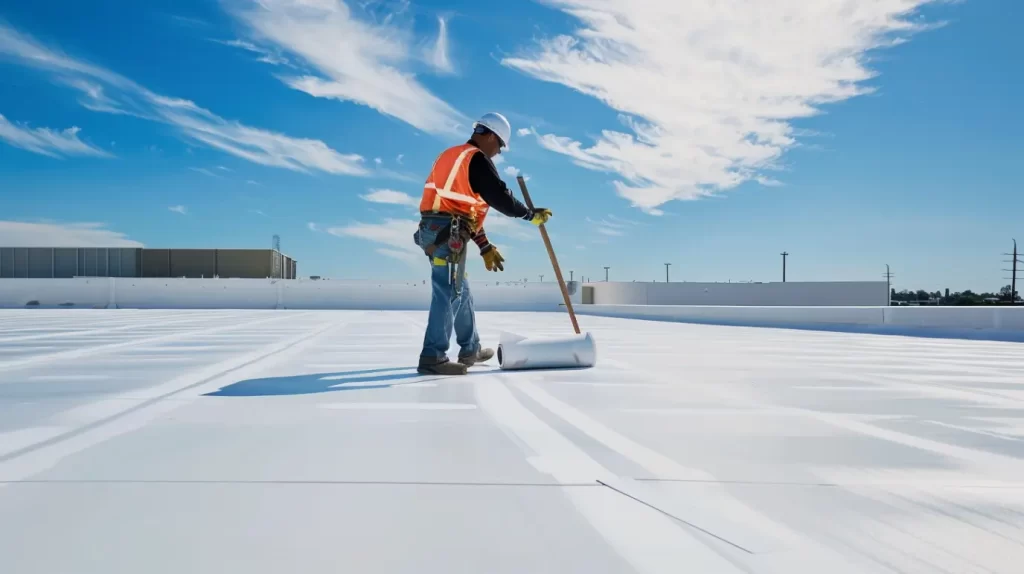
Overview of Common Flat Roofing Materials
A variety of flat roofing materials are available, each designed to address the specific needs of commercial and industrial buildings. Single-ply membrane roofing stands out for its ease of installation and excellent durability, with options like TPO, PVC, and EPDM offering energy efficiency and weather resistance. Built-up roofing (BUR) systems provide a robust solution with layered bitumen for enhanced protection. Modified bitumen roofing combines traditional methods with modern materials, ensuring long-lasting performance and reduced maintenance costs. Each material presents distinct advantages tailored for various conditions.
Single-Ply Membrane Roofing
Single-ply membrane roofing systems, including TPO, PVC, and EPDM, represent a reliable solution for commercial flat roofs. Their lightweight nature facilitates ease of installation, reducing labor costs and time during the roofing process. Notably, TPO offers superior solar reflectivity, which enhances energy efficiency by decreasing heat absorption. Meanwhile, PVC provides excellent chemical resistance, making it suitable for industrial applications. EPDM, known for its durability, withstands harsh weather conditions and requires minimal maintenance, ensuring long-term cost savings for property owners.
Built-Up Roofing Systems
A widely recognized option in the realm of flat roofing, built-up roofing (BUR) systems consist of multiple layers of bitumen and reinforcing fabrics. Their robust construction provides excellent durability and weather resistance, making them an ideal choice for commercial properties subject to harsh conditions. The installation process allows for effective drainage, minimizing water accumulation and lowering maintenance needs. With proper care, BUR systems can significantly reduce energy bills through enhanced insulation performance, thereby offering long-term cost savings and energy efficiency for property owners.
Modified Bitumen Roofing
A versatile choice for flat roofing, modified bitumen systems integrate layers of bitumen with advanced polymers, enhancing flexibility and durability. This roofing option effectively resists extreme weather conditions, making it ideal for commercial properties in varying climates. With ease of installation and cost savings associated with regular maintenance, modified bitumen roofing provides an economical solution for property owners. The added solar reflectivity improves energy efficiency, further minimizing energy bills over time while ensuring robust protection against UV rays and moisture.
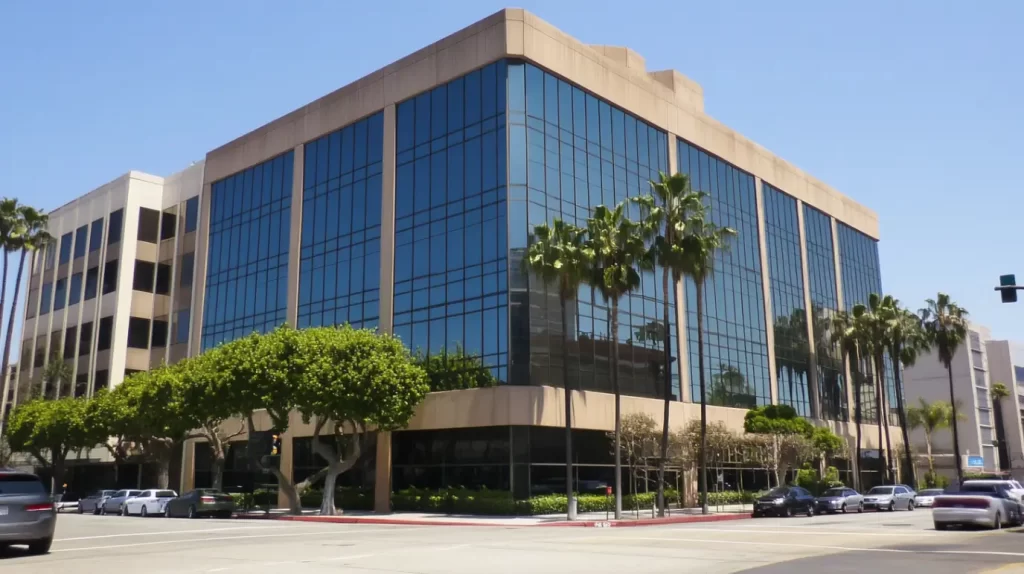
Innovative and Emerging Flat Roof Technologies in 2025
The roofing industry is experiencing a surge in innovative technologies for flat roofing systems. Cool roofing solutions reflect UV rays, providing energy savings and reducing heat absorption. Solar-ready flat roofs enable easy installation of solar panels for sustainable energy generation in commercial properties. Additionally, smart roofing components with sensors monitor environmental conditions, offering property owners insights into maintenance and energy efficiency for long-term viability.
Cool Roofing and Reflective Surfaces
Innovative cool roofing and reflective surfaces are reshaping the landscape of flat roofing systems for commercial and HOA properties. By enhancing solar reflectivity, these roofing materials significantly reduce heat absorption, resulting in lower energy costs and improved energy efficiency. Properties equipped with such systems can experience substantial cost savings on cooling, while also minimizing the urban heat island effect. Additionally, proper maintenance ensures longevity and optimal performance of these advanced roof systems, allowing property owners to make informed decisions aligned with their specific needs.
Solar-Ready Flat Roof Systems
Planning for solar-ready flat roof systems ensures compatibility with future renewable energy installations. Constructed to support solar panels, these roofing options utilize materials that maximize energy efficiency while accommodating the installation process. Their design allows for efficient drainage systems, enhancing durability against extreme weather conditions. Property owners can expect significant energy savings over time, translating to lower energy bills. Investing in solar-ready systems not only adds value to commercial buildings but also aligns with sustainability goals, proving beneficial in the long run.
Smart Roofing Components
Advanced flat roofing technology features smart components that enhance building management. Sensors monitor temperature, moisture levels, and pressure, delivering real-time data to property owners. This enables proactive maintenance, preventing costly damage and extending the roof’s lifespan. Additionally, integration with building management systems boosts energy efficiency and optimizes HVAC operations. These innovations lower energy costs and promote sustainability, making them a strategic investment for commercial properties.
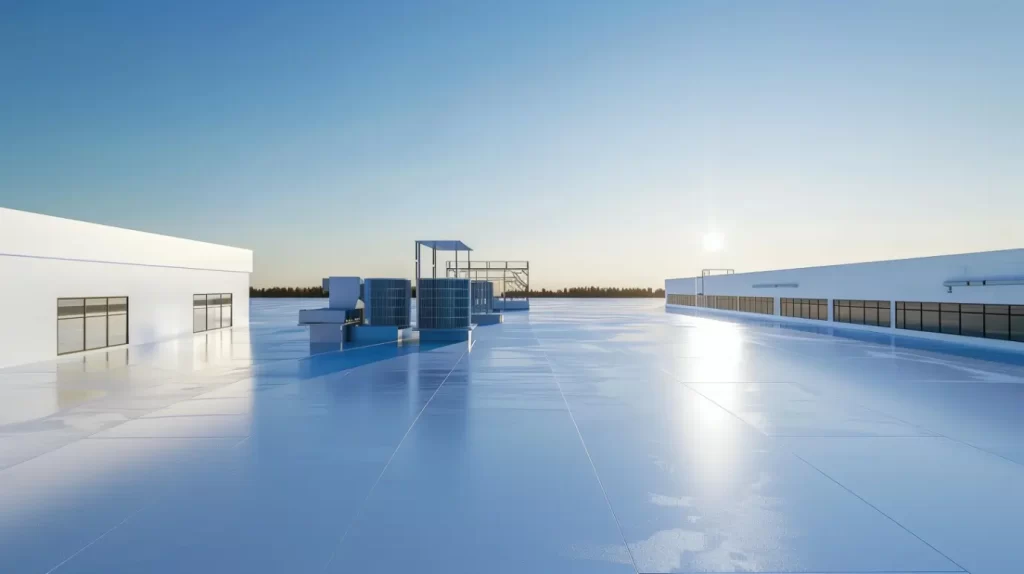
Comparative Pros and Cons of Popular Flat Roof Systems
Evaluating different flat roofing systems reveals distinct advantages and drawbacks. For instance, EPDM roofs offer impressive durability and excellent energy efficiency, making them a popular choice for commercial properties. However, maintenance can be a concern due to potential weather-related wear. On the other hand, TPO roofing systems provide superior energy savings and reflective surfaces, enhancing solar reflectivity, yet installation complexity can deter some property owners. Understanding these nuances aids in making an informed decision aligned with specific needs and budget considerations.
Durability and Maintenance Requirements
Durability is a critical factor in selecting flat roofing systems, especially for commercial properties. Robust materials like TPO and EPDM resist extreme weather conditions and provide excellent chemical resistance, ensuring longevity under varying temperatures. Proper maintenance, including regular inspections and timely repairs, prevents minor issues from escalating, safeguarding energy efficiency and minimizing maintenance costs. A well-maintained roof not only extends its lifespan but also optimizes performance, making it a wise investment for property owners focused on cost savings and long-term sustainability.
Energy Efficiency and Insulation Performance
Selecting the right flat roofing materials directly impacts energy efficiency and insulation performance. Highly reflective materials, such as TPO and PVC, enhance solar reflectivity, thereby reducing heat absorption and lowering energy bills. Additionally, synthetic rubber options like EPDM provide excellent insulation, ensuring consistent indoor temperatures regardless of external climate fluctuations. Enhanced energy savings not only support sustainable building practices but also decrease long-term energy costs, making these roofing systems a sound investment for commercial properties and HOA developments alike.
Installation Complexity and Disruption to Occupants
Evaluating the installation complexity of flat roofing systems is crucial for minimizing disruption to occupants. Proper planning can mitigate inconveniences, ensuring that the installation process is efficient and organized. For commercial properties, understanding the specific needs during installation not only enhances the workflow but also saves on overall maintenance costs. Moreover, employing skilled professionals can significantly ease the installation burden, allowing for a seamless transition to a new roof while maintaining operational continuity and reducing potential safety hazards.
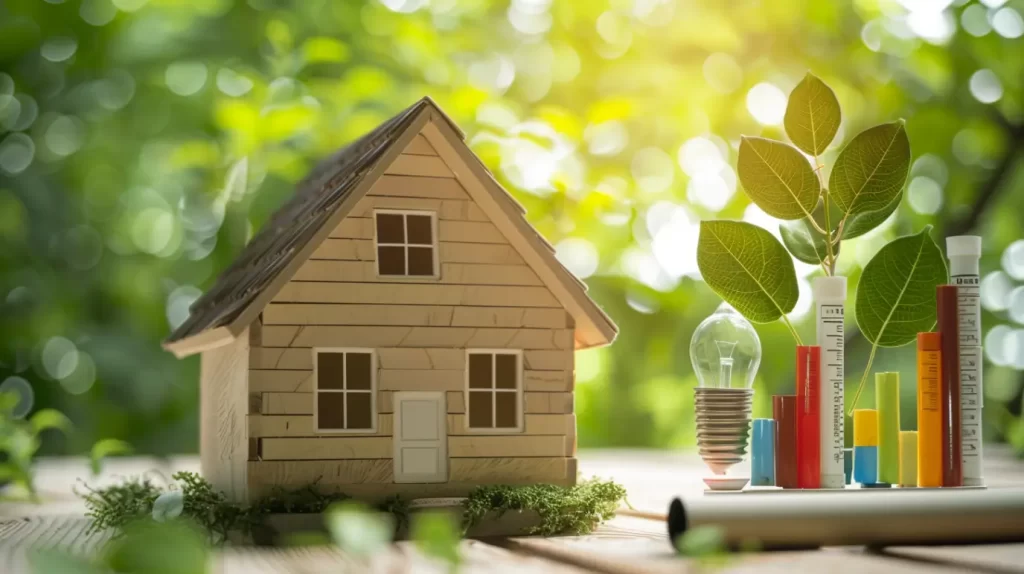
Sustainability and Eco-Friendly Roofing Choices
Sustainability is vital in roofing decisions for commercial properties. We collaborate with top brands like GAF, CertainTeed, and Polyglass to deliver high-quality flat roofing solutions. These companies prioritize recycled materials, offering environmental benefits and long-term cost savings. Green roofs enhance energy efficiency by improving insulation and reducing urban heat absorption. Supported by our trusted brands, these living roof systems boost biodiversity and effectively manage stormwater, reflecting our commitment to eco-friendly flat roof installations.
Recycled and Recyclable Materials
Considerations for flat roofing solutions increasingly emphasize sustainability, making recycled and recyclable materials a top priority. Synthetic rubber, such as EPDM and TPO, is not only durable but also reduces plastic waste in landfills. Incorporating these materials can help property owners capitalize on cost savings while minimizing environmental impact. Furthermore, using recycled content in roofing systems can enhance energy efficiency by improving thermal performance. Regular inspections are crucial to ensuring the longevity and effectiveness of these innovative, eco-friendly options.
Green Roofs and Living Roof Options
Integrating green roofs and living roof options can significantly enhance energy efficiency in commercial properties. These systems not only improve thermal insulation but also manage stormwater effectively, reducing drainage issues. Incorporating vegetation can lower energy costs by minimizing heat absorption during warmer months, while contributing to building aesthetics. Evaluating the installation process and maintenance requirements is crucial to ensure long-term benefits. Property owners should consider these sustainable options for their positive impact on both the environment and overall property value.
Why Choose Us
Choosing the right flat roofing options for HOAs and commercial complexes requires careful consideration of climate, budget, and structural needs. By exploring innovative materials and technologies, property owners can enhance energy efficiency and sustainability. Fontaine Roofing in Anaheim, CA, offers expert guidance in these areas. Regular maintenance and knowledge of each material’s benefits ensure long-lasting performance. Investing in quality flat roofing from reputable companies like Fontaine Roofing leads to significant cost savings and increased property value, strengthening their standing in the commercial roofing industry.
Read our blog: Routine Roof Inspections: Reducing Long-Term Costs in Shared Complexes
Frequently Asked Questions
Are there incentives for installing energy-efficient or sustainable flat roofs?
Many local and state governments offer incentives, such as tax credits or rebates, for installing energy-efficient or sustainable flat roofs. These programs can significantly reduce installation costs while promoting environmental sustainability, making them an attractive option for HOA and commercial complexes.
Do you need HOA approval for roof?
Yes, obtaining HOA approval for roof modifications is often mandatory. This process ensures that changes align with community guidelines and maintains aesthetic consistency. Always review your HOA’s specific rules before initiating any roofing project to avoid potential fines or required rework.
What is the best material for a commercial flat roof?
The best material for a commercial flat roof depends on various factors such as climate, budget, and building structure. Common options include single-ply membranes like TPO and PVC, built-up roofing systems, and modified bitumen, each offering unique benefits tailored to specific needs.

